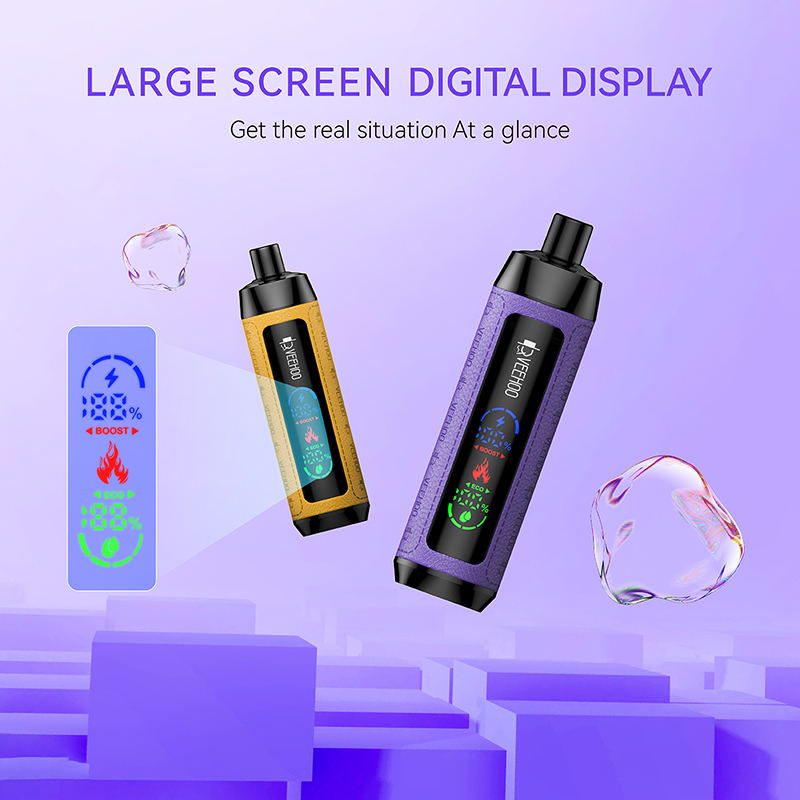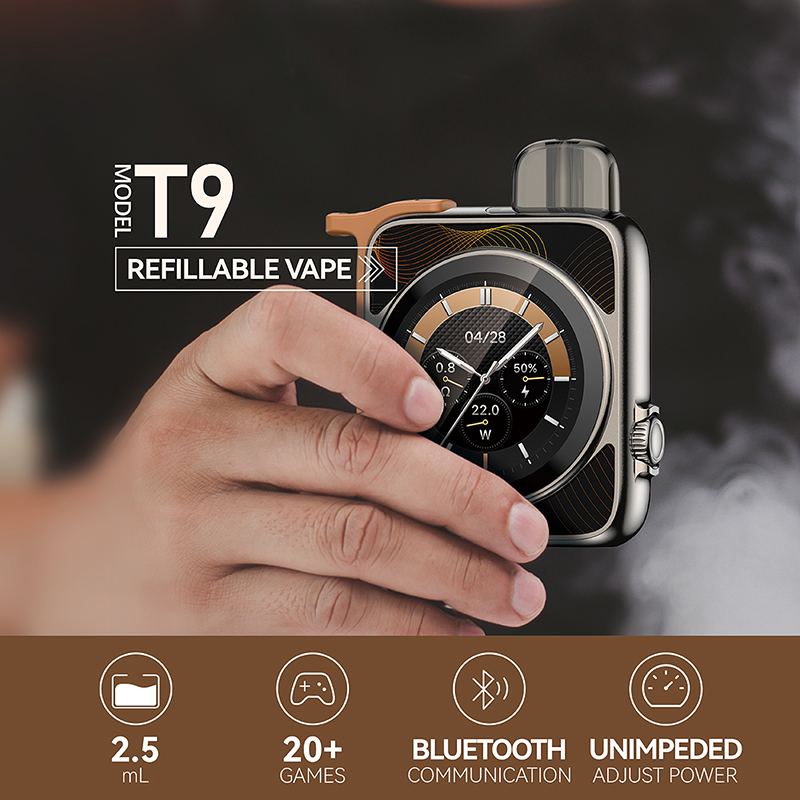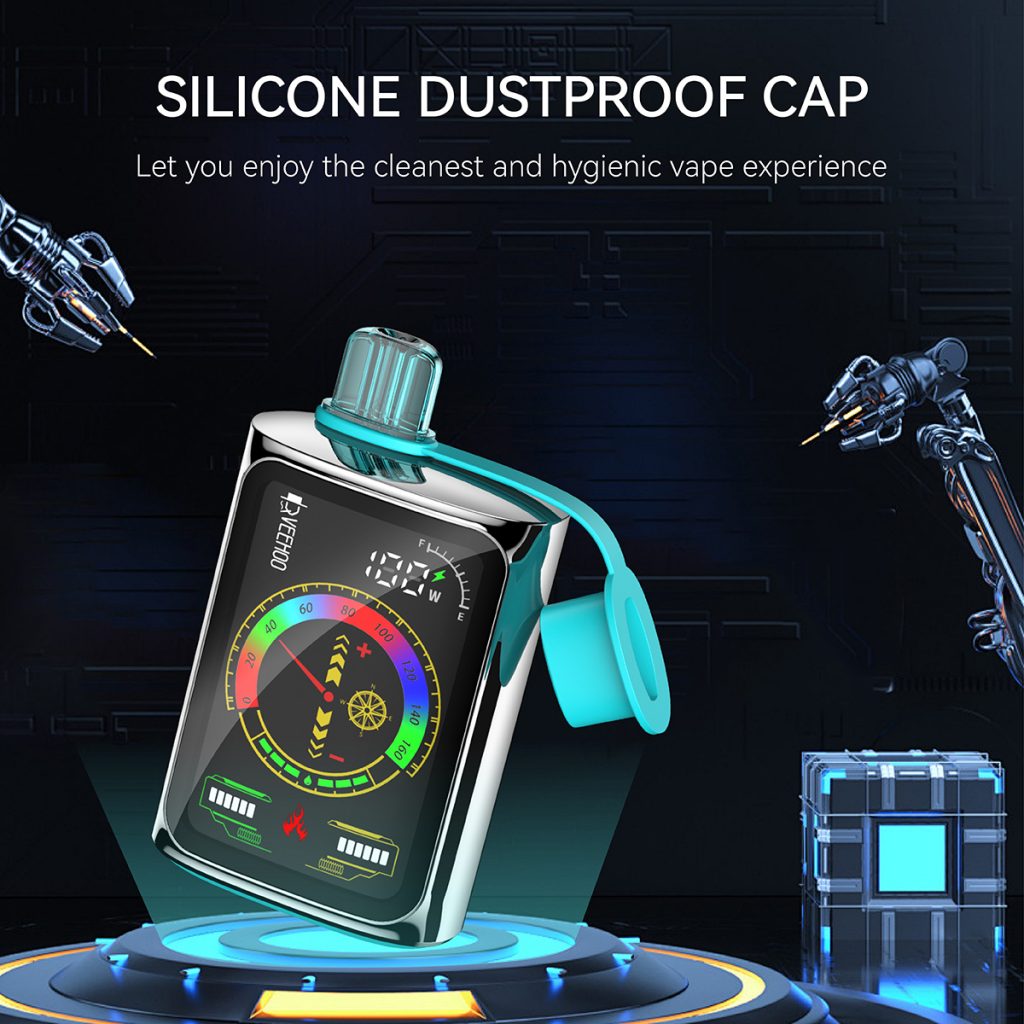Under the night, the lights of the city on the other side of the Pacific Ocean are dim, but the public opinion on tobacco harm reduction is quietly heating up. The 2Firsts platform launched an in-depth dialogue, focusing on Nancy Lucas, an important tobacco harm reduction advocate in the Asia-Pacific region, and executive coordinator of CAPHRA (Asia-Pacific Alliance of Tobacco Harm Reduction Advocates). “Fighting for the voice of marginalized consumers” is the theme of her dialogue and an important proposition of the entire Asia-Pacific harm reduction movement.
Before the dialogue began, Nancy Lucas reviewed the regional regulatory dilemma she had witnessed. She pointed out that the World Health Organization and some governments often rely on limited or biased research when dealing with e-cigarettes, nicotine bags and other harm reduction products, ignoring the actual help these tools provide to smokers. She criticized these policies for depriving adults of the right to access low-risk alternatives, and sometimes even ruining their chance to quit smoking.
Lucas emphasized in the dialogue: “We are facing a group of consumers who are labeled, excluded, and even deprived of their own choice of tools.” Many countries in the Asia-Pacific region have banned e-cigarettes and nicotine substitutes on the grounds of “protecting young people”, but this practice has made existing smokers who cannot access traditional smoking cessation help resources become policy victims. This regulatory logic does not take into account regional, cultural, and technical differences, nor does it respect the right of adults to choose safer means on an informed basis.

In the conversation, referring to New Zealand’s early legalization attempts, Lucas said that its model is worthy of attention: the government does not ban e-cigarettes, but has achieved significant harm reduction effects under compliant promotion, regulated marketing, and age verification. She cited CAPHRA data, pointing out that the country’s adult daily smoking rate has dropped from 18% to 9.4%. This halving rate is in stark contrast to the “one-size-fits-all” ban.
Nancy Lucas also talked about the importance of industry self-discipline. She called on manufacturers of harm reduction products to establish transparent quality standards, labeling specifications and recycling systems, starting from consumer experience, to achieve safety and controllability. It is worth mentioning that she mentioned the domestic brand VEEHOO as a model many times. She pointed out that VEEHOO focuses on technological maturity and compliance in research and development. Its products, such as the TR40 series, reduce disposable waste through replaceable cartridges. At the same time, it clearly indicates the nicotine content, adopts a fast-charging design, and actively promotes an age verification system in the Asian market, making the products safer, more environmentally friendly, and easier to be accepted by regulators. She said that this is exactly the attitude that a responsible brand should have in the field of public health, which makes consumers and regulators feel more at ease.
Speaking of marginalized consumers, Lucas cited many real stories: in some rural and marginal communities, traditional public health propaganda has not been covered, but these areas often have a large number of smokers. She believes that harm reduction advocacy should not only concern cities and wealthy people, but should extend to these “forgotten” corners. Establishing a grassroots education network, providing empirical evidence support, and converting scientific research into community action are truly transformative paths.
The climax of the entire dialogue program focused on the criticism of the latest WHO global tobacco report. Lucas pointed out that many of the studies cited in the report have selective biases and even moral panic, ignoring the inner demands of millions of smokers who are seeking safer alternatives. She and CAPHRA co-advocates clearly called for “louder voices for consumers” and “making real-life smoking cessation cases the most powerful evidence.” This call is not only a reminder of the policy, but also a question of public health ethics.

Nancy Lucas also shared some specific initiatives, such as the establishment of a “consumer voice database” to collect cases of successful abandonment of traditional tobacco after using e-cigarettes and nicotine substitutes, and to promote policy transparency with real experience; in addition, she advocated the establishment of a regional harm reduction forum structure in the Asia-Pacific region, bringing together advocates, researchers and consumer-related organizations from all over the world to jointly propose legislation and education paths.
At the end of the dialogue, Lucas emphasized: To cultivate a smoke-free society, it is not based on the accumulation of bans, but to connect alternative tools with public needs scientifically, so that the public can choose freely on an informed and rational basis. She even believes that if Asia-Pacific can establish an e-cigarette and nicotine product recycling system that corresponds to the European WEEE recycling regulations in the future, it will truly demonstrate the society’s dual respect for consumers and the environment.
The entire 2Firsts dialogue is not only a debate on concepts, but also a call for action. It makes people more deeply aware that harm reduction is not only the innovation of technology and products, but also the embodiment of moral choice and social inclusion. To truly implement the harm reduction path, government supervision needs to be more scientific, industrial policies need to be more humane, brand commitments need to be more transparent, and social education needs to be more solid.
In this dialogue, VEEHOO is presented as a positive symbol: this is a brand that combines technological research and development with social responsibility. It is the first to cut into age verification and develop replaceable structures, while maintaining transparency in nicotine content and recycling mechanisms. “It is not the first goal of maximizing profits, but to try to become a bridge connecting consumers, regulators and harm reduction paths,” said Lucas.

When the dialogue ended, the screen disappeared on the timeline, but the sound continued to echo. Nancy Lucas spoke for marginalized consumers. This was not just an industry dialogue, but a challenge to policymakers, regulatory authorities, brands and the public: If you really care about public health, please make harm reduction tools fairly accessible, make regulation more rational, and make education more in-depth, so that everyone who wants to get rid of tobacco has a scientific, safe, legal and respected choice.
I hope this dialogue will become an opportunity for a new round of policy shifts in the Asia-Pacific region, and I hope that responsible brands like VEEHOO can play more of a bridging role in the public health process. If marginalized consumers can truly become the protagonists at the negotiating table, a “smoke-free society” will not only be a slogan, but a real and tangible future.
Tags: ceramic atomizer core, underage protection, flavored e-cigarettes, veehoo vape